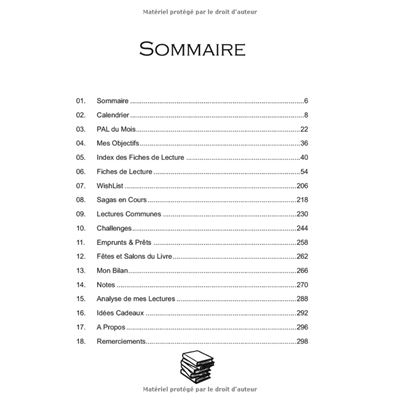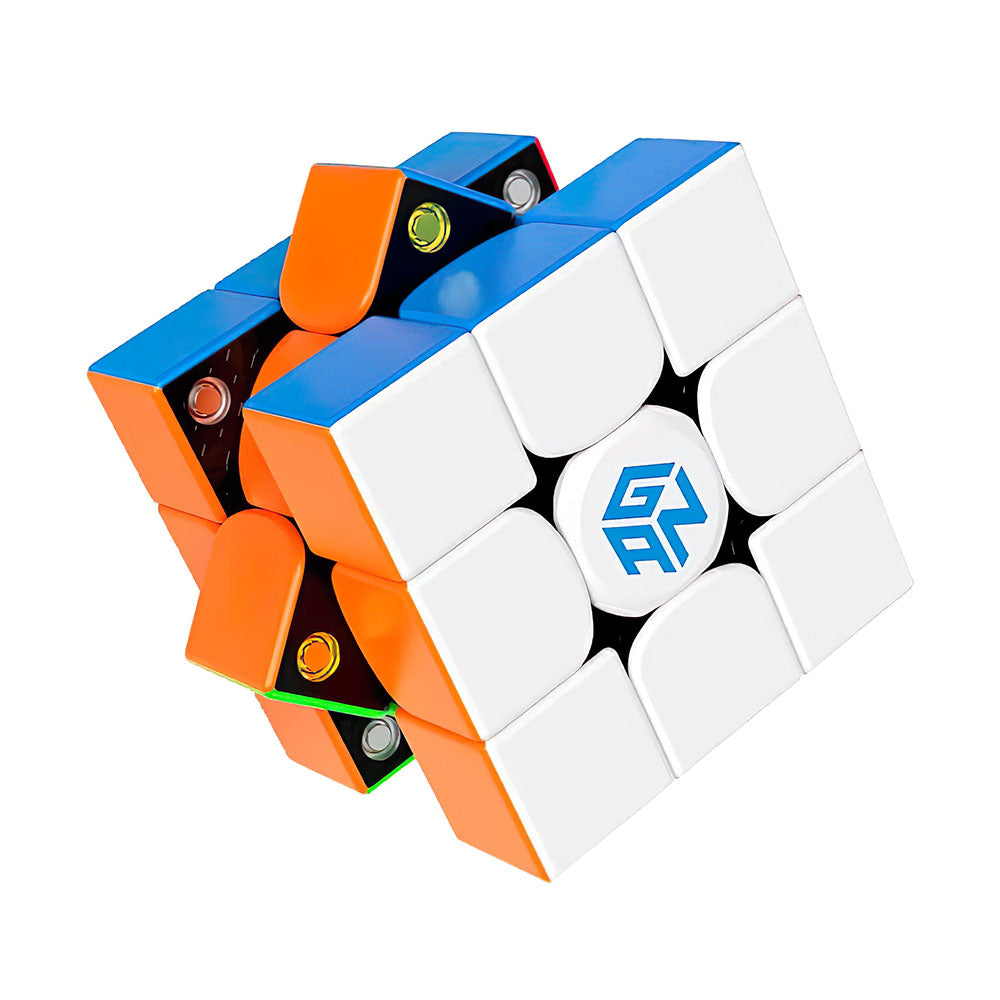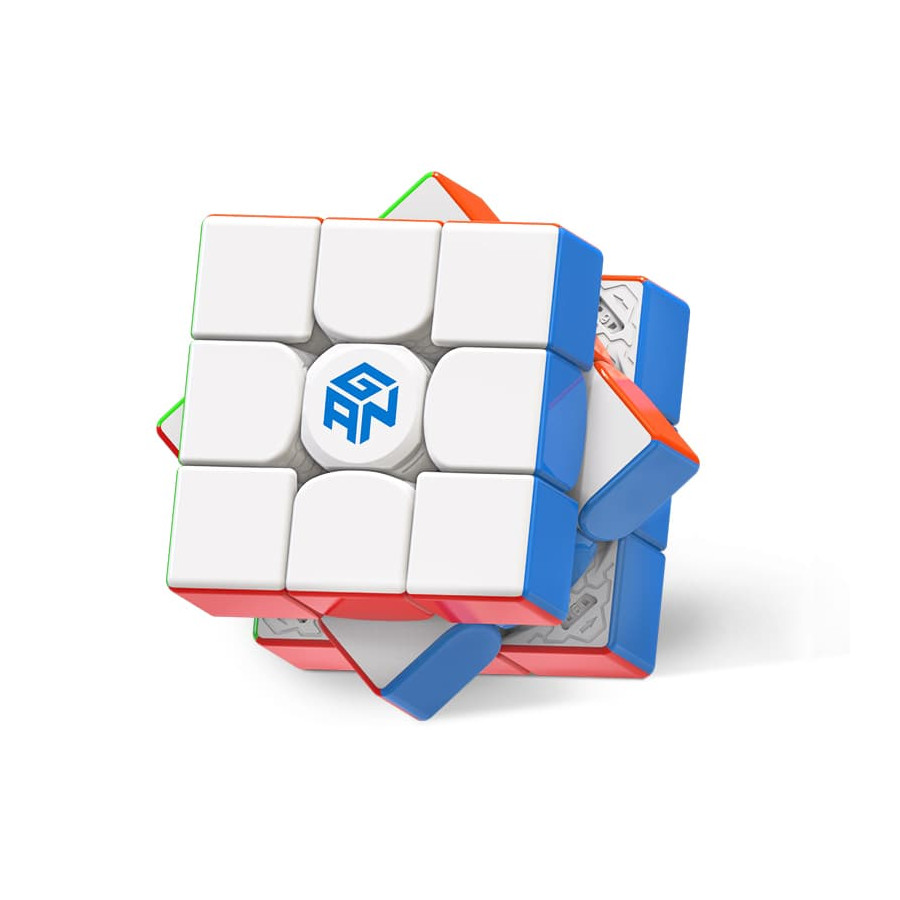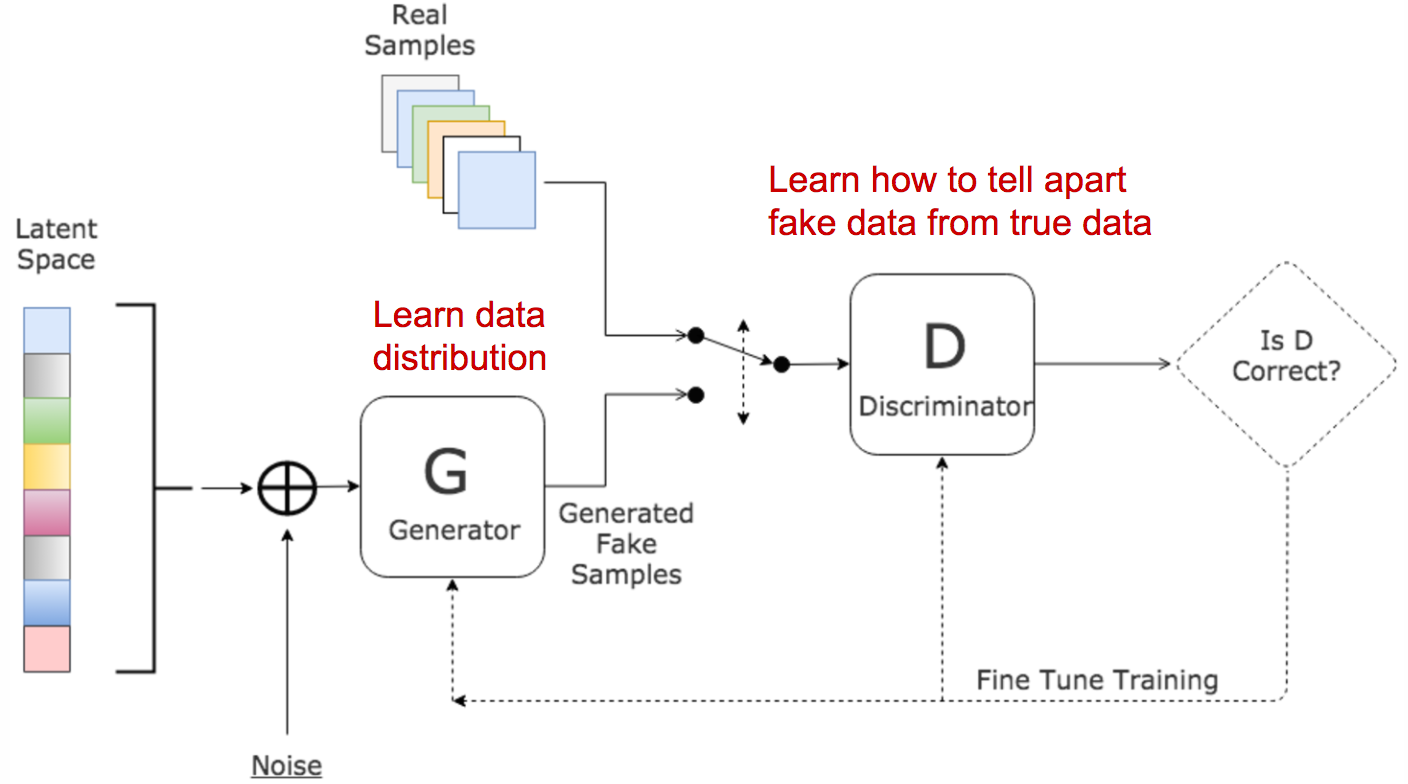[Updated on 2018-09-30: thanks to Yoonju, we have this post translated in Korean!] [Updated on 2019-04-18: this post is also available on arXiv.] Generative adversarial network (GAN) has shown great results in many generative tasks to replicate the real-world rich content such as images, human language, and music. It is inspired by game theory: two models, a generator and a critic, are competing with each other while making each other stronger at the same time.

GANs in PyTorch: DCGAN, cGAN, LSGAN, InfoGAN, WGAN and more - CV Notes

Improving Generative Adversarial Network (GAN) - ppt download
From GAN to WGAN - MillionScope

Comparison of the three different GAN variants: Vanilla GAN, LSGAN and

generative models - How to interprete Discriminator and Generator loss in WGAN - Cross Validated

Comparing Beta-VAE to WGAN-GP for Time Series Augmentation to Improve Classification Performance

4. Generative Adversarial Networks - Generative Deep Learning [Book]

63 - PyTorch Wasserstein GAN (WGAN) Implementation from scratch, Deep Learning
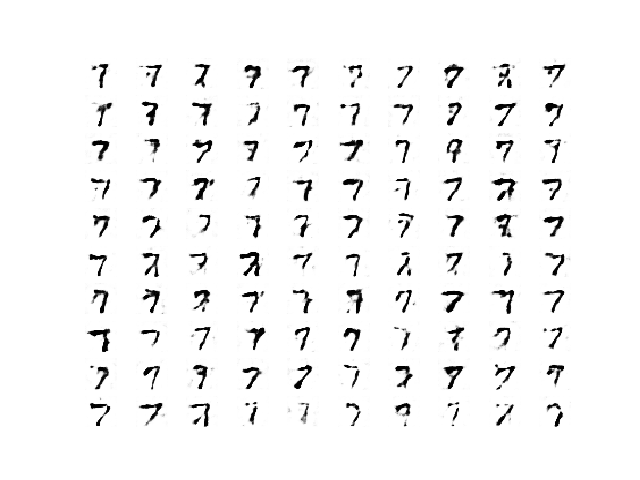
How to Develop a Wasserstein Generative Adversarial Network (WGAN) From Scratch

PyLessons

WGAN: Wasserstein Generative Adversarial Networks

Generative Adversarial Networks - The Story So Far

A time-series Wasserstein GAN method for state-of-charge estimation of lithium-ion batteries - ScienceDirect
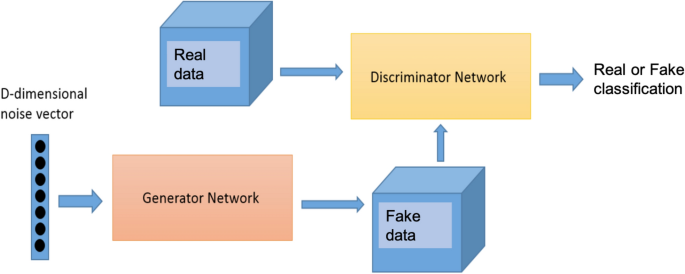
Synthetic flow-based cryptomining attack generation through Generative Adversarial Networks



